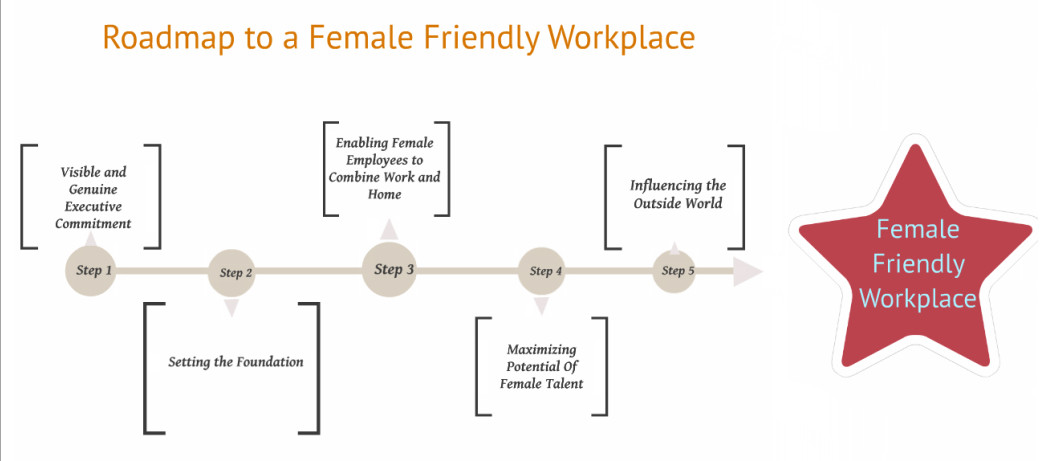With Maheem Rahman, CEO Bank Alfalah Funds, Shazia Syed, CEO Unilever Pakistan and Musharaf Hai, CEO L’Oreal Pakistan as the flag bearers on the rise of female top executives, it’s easy to come to the conclusion that Pakistani’s corporate world is becoming more gender diverse and women are finding their way into leadership positions.
And of course the examples are proof of how these amazing woman (supported by their companies) have been able to overcome formidable odds to make it to the top of their fields. However these examples are just providing a veneer layer of respectability to the issue of gender diversity in the country. Dig a little bit deeper and the dominance of men in the leadership echelons in corporate Pakistan are clearly visible, with female executives (especially in core business functions) almost nowhere to be seen.
The good news is that whenever I share my observations on the absence of woman at the executive table, the male top managers present almost always agree with the need to change and build a more evenly balanced and diverse team. And sometimes they share all the things they’ve done to encourage women to join, progress and stay with the company. More often than not they then lament their ‘war stories’ in which despite all their efforts and investments they have found that women with leadership potential just leave the company.
Roadmap to Getting Women in the Workforce
Through all our work achieve gender inclusion and our Women@Work 2013 Study we know what it takes to build a more female friendly workplace. The steps that you can take are highlighted in the roadmap below.
However my experiences over the past years questions whether the above is enough and if it isn’t time for companies to start implementing policies that positively discriminate. I feel very similar to Kiran Groom who starts her article on positive discrimination with her ambivalence on the topic:
“Too be honest the ethics of positive discrimination are so complex that I am finding it hard to decide where to pitch my tent – the ‘for’ or ‘against’ camp?”.
And when I read other people’s arguments for or against the debate, I can identify myself with both positions. So I am clearly ambivalent on the idea of positive discrimination. Most executives in companies are very clear on the topic and prefer to stick with the ‘equal opportunity and merit-wins’ mantra. This is not only been preferred by men but also by women who say they don’t need a ‘foot up’. They’d rather achieve their career growth within the status quo and based on the results they deliver. In their words they don’t need charity.
Positive Discrimination or Positive Action?
I see their point. You will go down a very ‘murky’ ethical path if you discriminate people on the basis of gender, race or disability. However my ambivalence comes that the ‘forces’ (from overtly to subliminal views and beliefs on the role of woman in society, to the absence of a formal support system for woman to pursue their career) holding back the rise of female corporate executives in Pakistan are so strong that it might be off-set with something of a similar strength.
Maybe then it isn’t positive discrimination, but I certainly believe positive action is required. Companies who deeply believe that a more gender inclusive managerial workforce can add value to the stakeholders should:
- Ensure women are at least included on every appointment short-list
- Choose woman of equal caliber over man
- Provide more opportunities for mentoring and coaching to woman
- Offer more development opportunities to woman
- Implement policies that enable woman to combine work and home
- Implement zero tolerance policies for harassment and discrimination
- Help both men and women understand their subconscious thought processes and how it impacts their decisions and interactions
I wish it was not necessary but based on the modest progress made over the past 13 years I’ve been part of corporate Pakistan I think there is no other way than to force the issue and at least push some positive action. And having worked with female bosses, partners and colleagues throughout my life (see my article “I am a Feminist”) I can ensure you that, maybe in the short term it causes an issue but over the longer run I am convinced that a more gender inclusive workplace creates more success leading to a better and more motivating workplace than one dominated by us, men!




